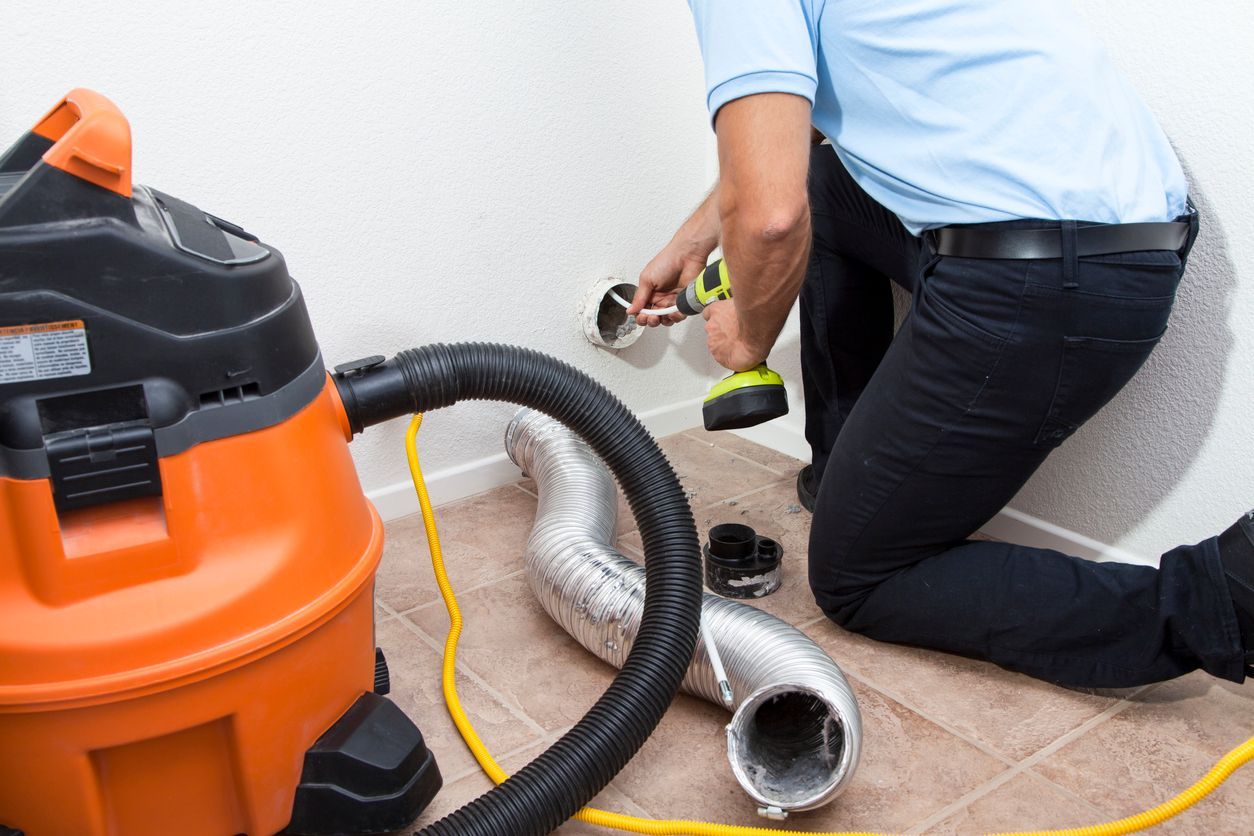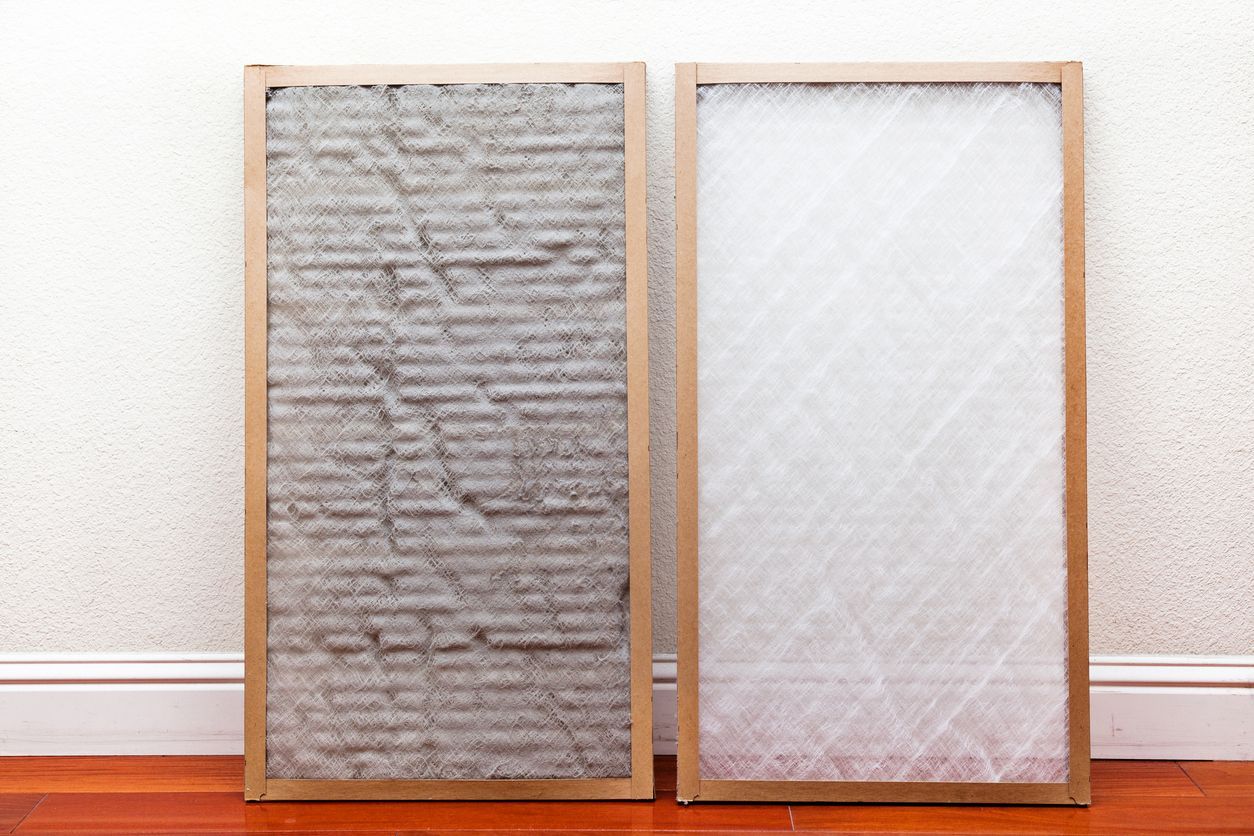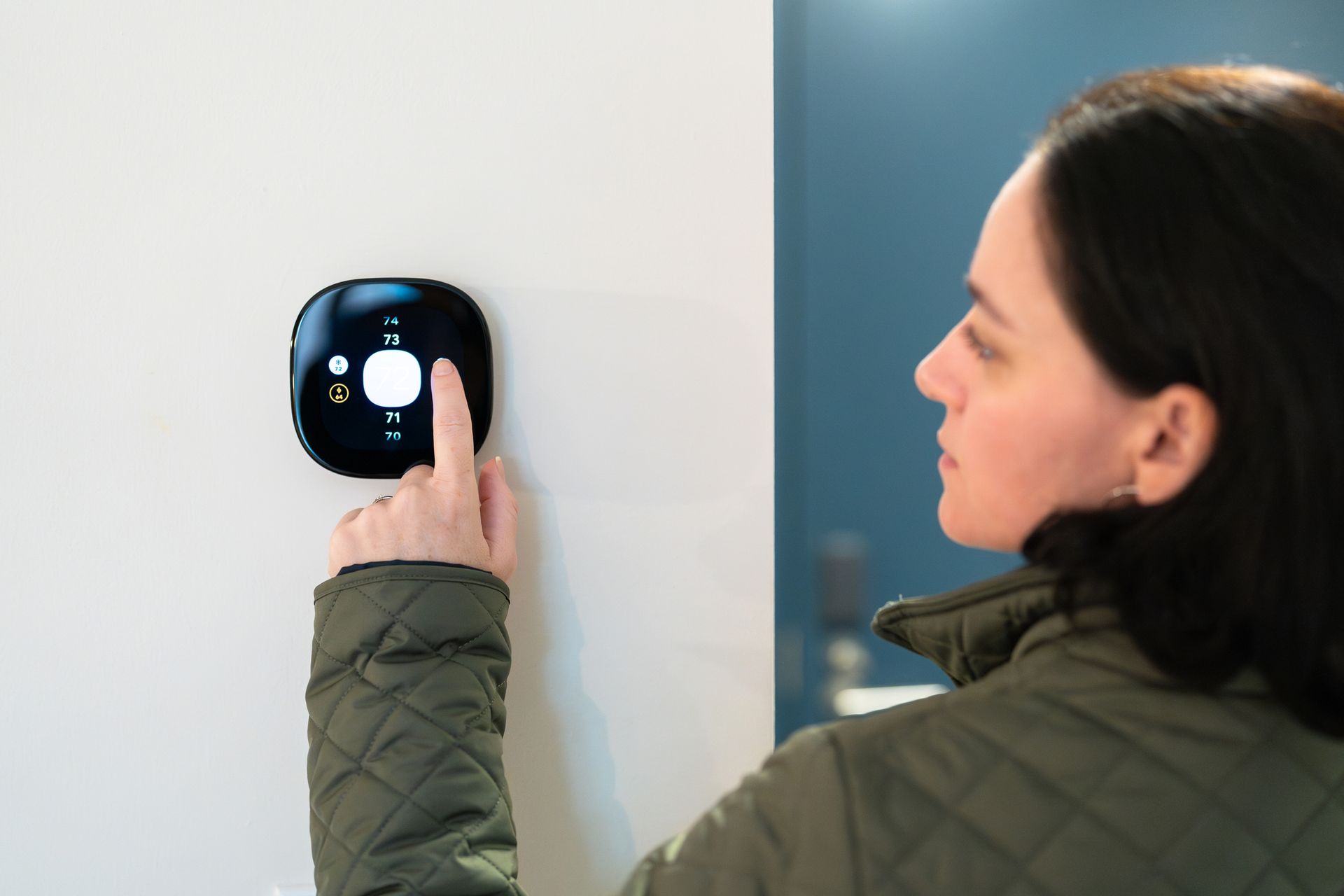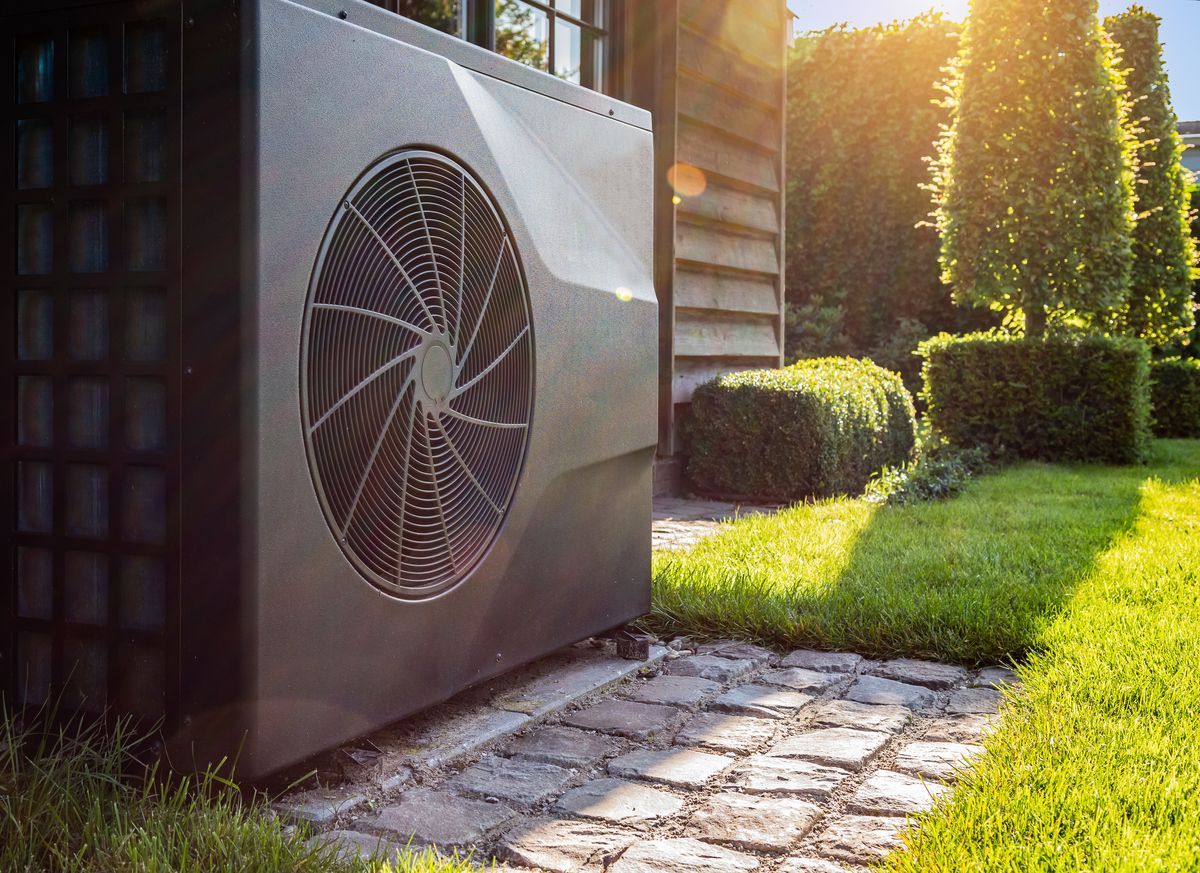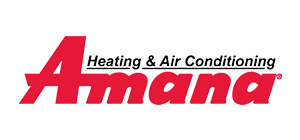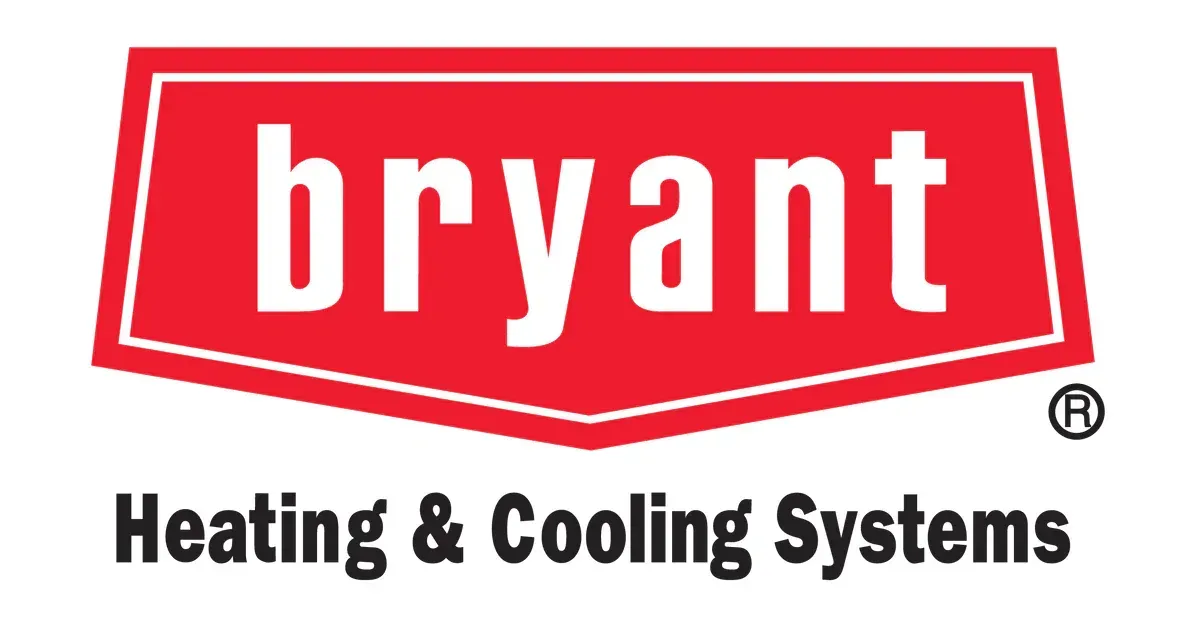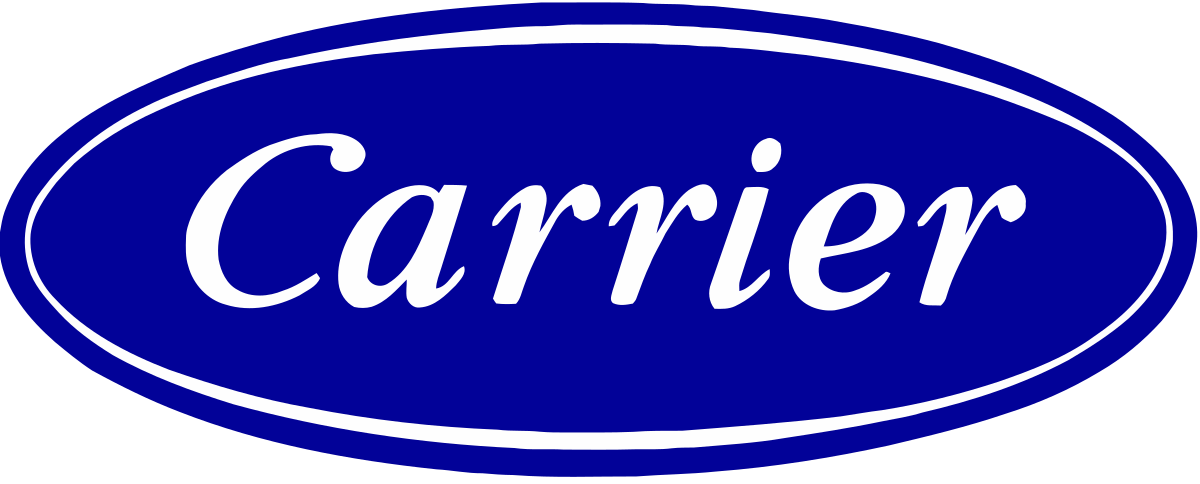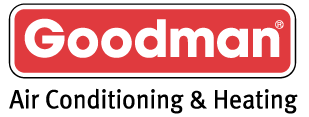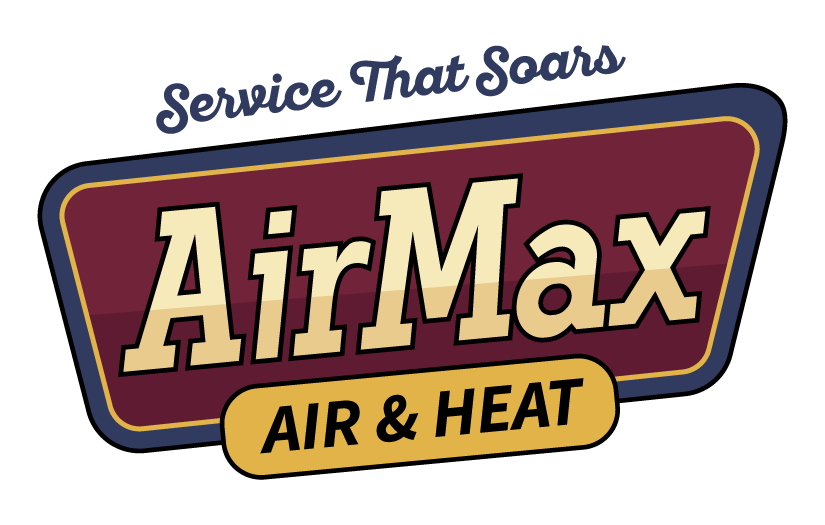Upgrade Your Heating System Smartly
When the temperature drops, your heating system quietly becomes one of the most important parts of your home. It keeps you warm, cozy, and comfortable when the chill moves in. But if your system struggles to keep up or seems like it's working harder than usual, your house might not be as ready for fall and winter as you think.
Have you noticed hot and cold spots in different rooms or heard your heater cycling too often? If you've been wondering whether your heating system is doing its job well, it might be time to take a closer look. A few smart upgrades can go a long way in making your system run better and more efficiently for both your comfort and your wallet.
Evaluate Your Current Heating System
Before thinking about something new, it's a good idea to check how your current heating system is doing. If you’ve lived in your home for years and can’t remember the last time your system got updated, there’s a good chance it’s not running as smoothly as it could.
Here are a few signs your heating system could be showing its age:
- Uneven heating: One room is freezing, another is warm. That shouldn’t happen.
- Energy bills keep climbing, even when your usage hasn’t changed.
- The system runs all the time or turns on and off too quickly.
- Repairs are getting more frequent and more expensive.
- The equipment is over 10-15 years old, depending on the type.
Think about how often you’ve had to call in repairs recently. If you're constantly resetting the thermostat or relying on space heaters just to stay comfortable, your system is probably nearing the end of its useful life. Even if it still works, it might be working harder than needed, which can put pressure on other parts over time.
At this point, it’s helpful to have a professional come in and take a look. They can inspect your system, spot wear and tear, and give you real answers about whether repair or replacement makes more sense. An expert knows what’s safe, what’s code compliant, and what will work best for your home setup.
Even if you're not ready to make a big change, learning what's going on inside your system helps you plan ahead. That way, you're not caught off guard by a breakdown in the middle of winter.
Energy-Efficient Options
If your assessment shows it's time for an upgrade, this is where you have some real choices. Heating systems have come a long way. Today’s options are quieter, more efficient, and smarter than older units. And many let you control and customize the temperature from your phone.
Some options you might want to think about:
- High-efficiency furnaces: These units use less fuel but still heat your home well. They usually have variable-speed blowers that adjust based on how much warmth you need.
- Heat pumps: Heat pumps can both heat and cool your home. When it’s cold, they pull warmth from the air outside and push it inside. They're a good fit in areas with mild to moderate winters, but newer models work better in colder temps than before.
- Smart thermostats: These devices don't heat your home by themselves, but they help your system work smarter. They learn your habits, adjust automatically, and help avoid heating an empty house. Some even alert you when the system isn’t working right.
All these options offer a more comfortable home and are usually less expensive to run. You won’t need to crank up the heat just to feel warm anymore.
Choosing an energy-efficient option doesn’t have to be complicated. The right choice depends on the size of your home, how well it’s insulated, and your comfort preferences. A good HVAC technician can walk you through which solutions match your space and needs best.
Benefits Of Upgrading
Swapping out an old heating system for something newer comes with a lot of wins. Yes, you get warmth when you need it, but it’s also about how evenly that warmth spreads through your home and how often your system needs attention. If your heater is constantly running or turning off and on with barely a break, that’s hard on both the equipment and your energy bill.
One big perk of upgrading is the drop in energy use. Older systems usually burn more energy than necessary just to meet your thermostat’s setting. A newer model with an updated blower or better fuel efficiency does the job with less strain, which means less waste and potentially lower bills. You won’t have to keep cranking the thermostat to feel warm, and that takes pressure off your budget.
Then there’s comfort. Newer systems, especially ones with variable-speed settings, provide more even heating across every room. No more sitting in one room with a sweater and another in short sleeves. Many upgraded systems are designed with better airflow control, fewer start-stop cycles, and quieter performance.
If you deal with allergies or asthma, the cleaner air some systems offer could also be helpful. Improved filtration and humidity control can make your home air feel fresher and easier to breathe.
The peace of mind that comes with a reliable system is another bonus. You’re less likely to deal with sudden failures during a cold snap, and your home stays warm without all the guesswork. That type of comfort, both physical and mental, makes a noticeable difference all season long.
Choosing The Right HVAC Installer
Once you’re ready to upgrade, the person handling the installation matters just as much as the equipment itself. Even the best setup can underperform if it’s installed poorly. That’s why working with someone experienced, knowledgeable, and trustworthy really counts.
Here’s what to look for when choosing an installer:
- Local experience: Contractors who work regularly in homes near you understand common building types and HVAC needs.
- Proper licensing and insurance: This provides protection for both you and the installer.
- Ability to size the system: A quality installer will calculate the heating load needs of your home, not just guess based on square footage.
- Clear communication: Look for someone who can explain what they’re doing and why, in a way that makes sense.
- Ongoing support: Choose someone who offers service plans or can handle regular maintenance long after the install.
Some people make the mistake of going with the lowest quote. But with heating, a lower upfront cost can turn into more stress later. Poor installation can shorten the life of your HVAC system, cause uneven heating, or lead to safety issues.
A good installer won't cut corners. They’ll seal and insulate ductwork properly, ensure your new system matches your home’s layout, and run tests to confirm everything works the way it should. That extra care makes sure your heater serves you well for years.
Keep Your Home Warm and Comfortable
If you've been dealing with inconsistent heat, noisy equipment, or high energy bills, this season might be the right time to make a change. Upgrading your heating system is about more than just putting in new equipment. It's your chance to improve how your home feels all winter long.
The right heating system, installed by a trusted local professional, can bring steady warmth, fewer disruptions, and easier day-to-day living. Comfort becomes something you don't have to think about.
Whether you're ready for a full upgrade or just learning your options, this is a step worth thinking through. Taking action now helps you stay one step ahead when the colder months return.
To make sure your home stays cozy during the colder months, explore your options for
heating installation in Collin County with Airmax Air Conditioning & Heating. We'll help you choose a system that fits your space, improves comfort, and keeps your energy bills in check all season long.

